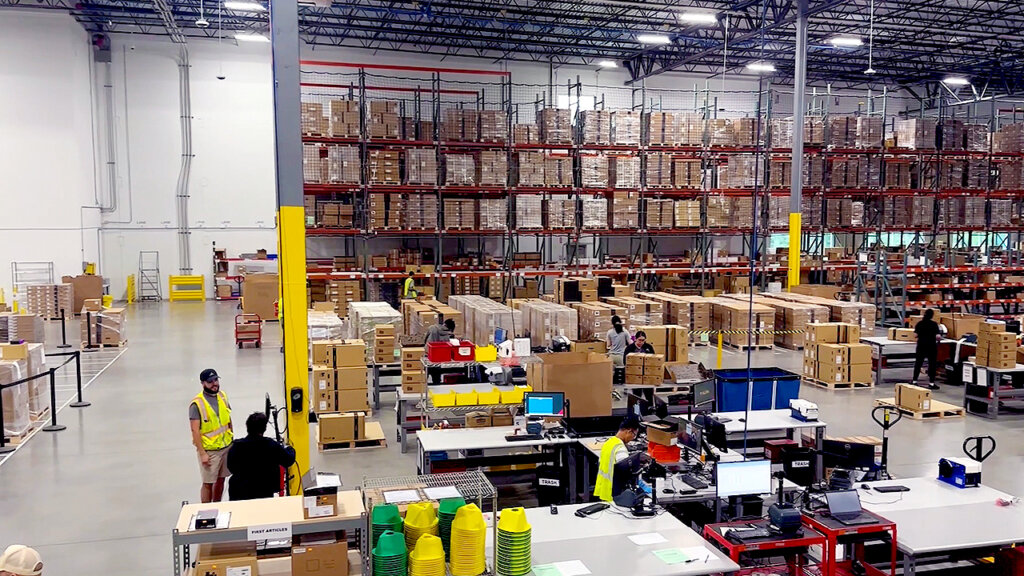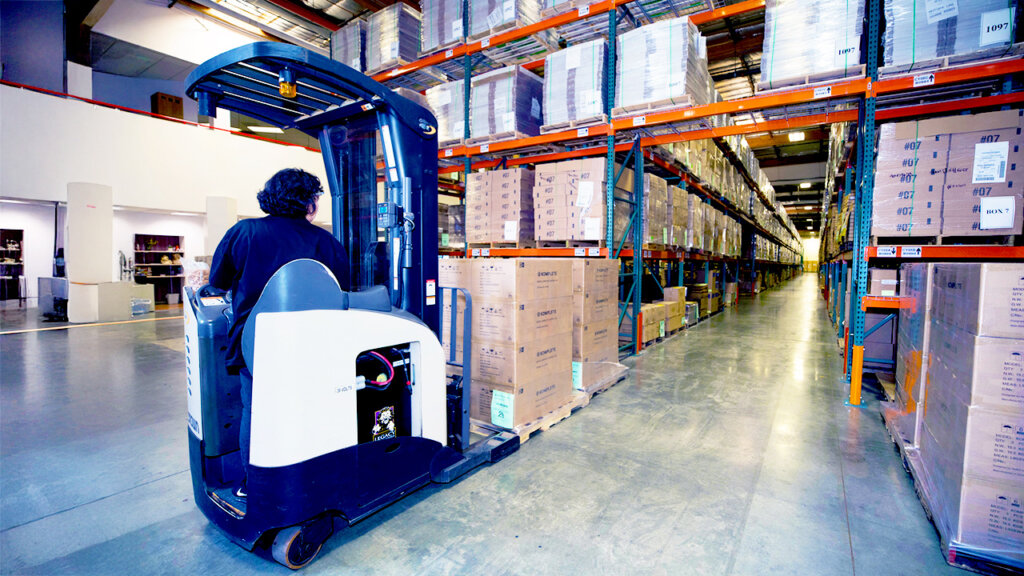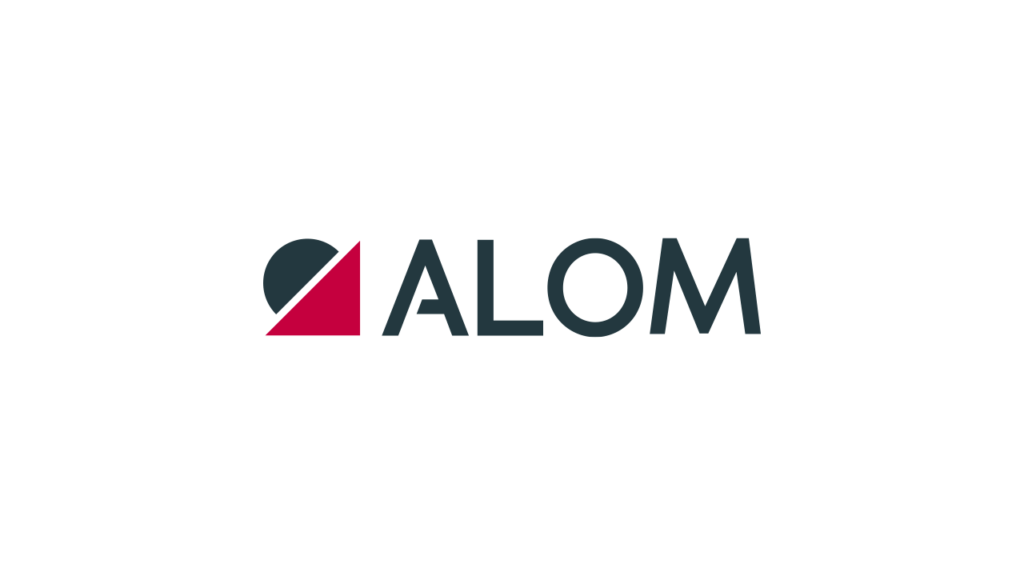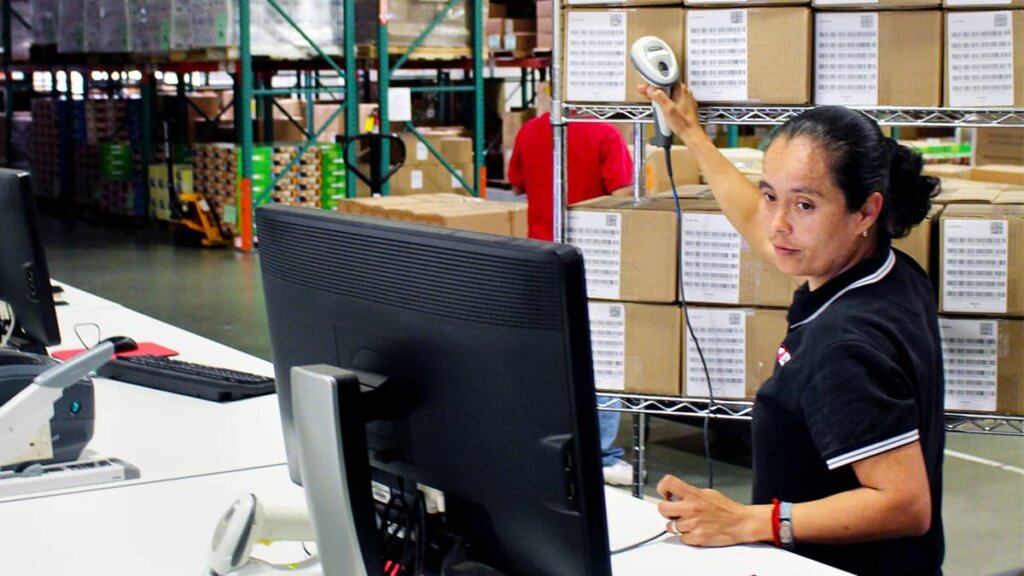The 2021 planning cycle is well underway in corporate America. However, the crystal ball has become murky. At least we had the illusion of being able to plan pre-2020. But now, not surprisingly, we are all having a flashback to our planning for 2020 which was followed by a rough awakening as we abruptly experienced “Covid meets supply chain”.
Skittish planners are prudently questioning what 2021 will bring. While anything is possible, let me share some of the thoughts that ALOM’s leadership are considering as part of our supply chain planning.
Most of us agree that 2021 will be a year of transition, both politically in the U.S. and with respect to the pandemic. Globally, we are looking at a two-year recovery from the pandemic. Depending on the adoption rate of the vaccine, the recovery may be very lumpy. Also, depending on the supply chain requirements of the vaccines – some of which are still under development – it may be very challenging to manage distribution in 3rd world countries. Regions will be impacted by continued Covid-19 outbreaks, certain industries may be continue to be heavily impacted, and supply chain pros will have to manage from the home office instead of stepping on planes for much of 2021. Supplier supervision and governance will remain a challenge to be addressed.
Work-from-home and eCommerce growth will extend well into 2021. Channel shift and retail upheaval will continue to cause bankruptcies and thin margins with more companies relying heavily on eCommerce. With eCommerce fulfillment growth continuing, warehouse space continues to be a challenge, right along with worker salaries. Yet, many goods producing companies have experienced a record year.
2020 brought us two big events impacting supply chain: The pandemic as well as the escalation of trade wars and geopolitical clashes. Both of those events will impact us in 2021. The pandemic will continue to make the supply chain splutter, yet the trade situation may impact supply chains even more. Even if a new U.S. administration changes U.S. trade policies, these changes will not have an immediate impact. In addition, nationalism will continue in other regions and countries. The Brexit mess and increased bureaucracy in border crossings will not go away soon.
Near-sourcing brings fewer transportation and border crossing risks, as well as shorter lead-times. As we model our procurement strategies, we must consider those factors, as well as increasing consumer sentiment in favor of more sustainable, local supply chains, including diverse suppliers.
Many economists forecast inflation. The thought of inflation may be foreign to many professionals. After all, it has been 40 years since we experienced high inflation. Supply chain pros, and especially procurement professionals, will, however, do well to review contracts and obligations in light of possible inflation. The consensus among economist is that we will experience higher, yet still limited inflation. But for a contractual review, it may be prudent to do scenario planning for both inflation and currency fluctuations at a much higher rate than what we have seen the last decades.
If we learned one thing in 2020, it was to be prepared to be surprised and to react fast. We also know that business leaders, who listened, have done much better than those who just commanded. Supply chain pros who listen to the market and to their supply base will continue to do better. Listening can take many forms, and honing those skills and developing the technologies – such as using AI for predictive analysis – will serve us well in 2021 and beyond.
It is a bear to plan under uncertainty. Yet there are several silver linings. First, any time there is change, there is also opportunity and incentive for innovation. Out the door went inertia. Second, there is a big opportunity to be part of the solution to the pandemic. It has been the silver lining for ALOM in 2020, as we produced and shipped millions of Covid-19 test kits. For many of us, 2020 was not just about surviving or excelling in business, but also about giving back and contributing. Speaking for myself, that sentiment will stay with me going forward.













